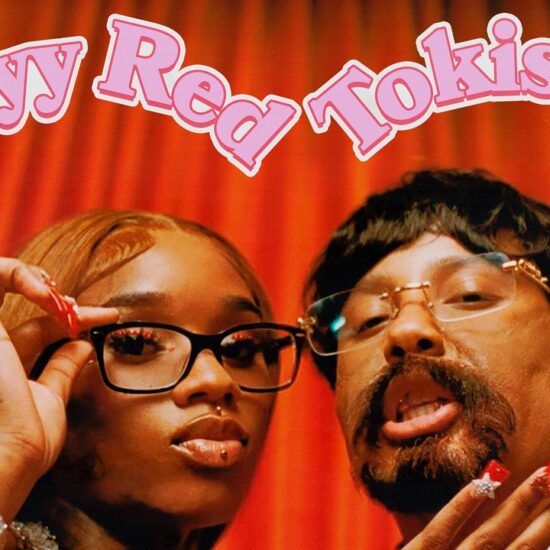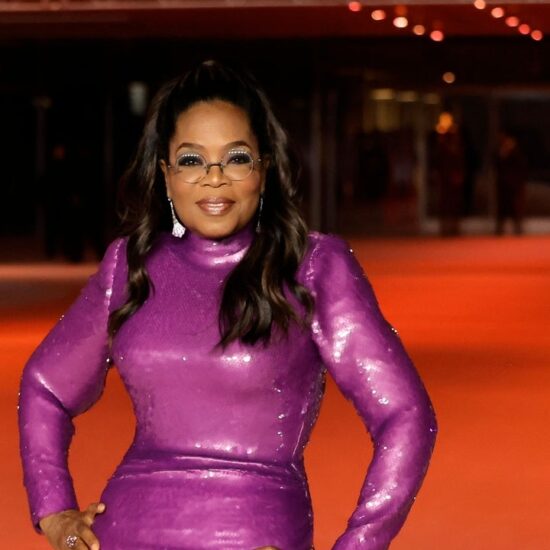
The hit Paramount+ series pairs well with Showtime’s “Murder in Big Horn,” about how colonization contributes to crimes against Indigenous communities today.
“1923” is one of the most progressive shows on TV right now.
That may come as a shock to the many people who think Taylor Sheridan’s “Yellowstone” universe is inherently for Red Staters. Sheridan’s burgeoning constellation of Western TV series draws the kind of viewership numbers usually reserved for “NCIS” and other, older-skewing broadcast shows that the critical class usually ignores. “Yellowstone” and its first prequel “1883” are series that largely focus on grizzled white people in 10-gallon hats carrying guns, after all.
Each of the “Yellowstone” series features Native American characters. But “1923” has been startling for the time and the emphasis it’s given to the storyline of Teonna (Aminah Nieves), and what that storyline implies about how historic structural inequities continue to govern outcomes for Indigenous Americans today. It’s “critical race theory,” the term wildly mischaracterized by political opportunists that refers to the idea that racism is embedded in and enforced by laws and institutions, even apparently “colorblind” ones, to ensure inequality is perpetuated. It’s in the DNA of “1923,” and if its primary audience really is conservative, it’s a remarkable Trojan horse packaging of ideas to which that audience desperately needs to be exposed.
Teonna is an Indigenous girl of Crow descent (or at least a Crow speaker) who’s in her late teens. For the first four episodes of “1923,” we see her in an American Indian boarding school, part of the network of such brutal institutions set up by the Bureau of Indian Affairs but often managed by religious institutions. Teonna’s school is run by the Catholic Church and overseen by a vicious French or French-Canadian priest. (He’s likely French-Canadian, as a nod to how Canada’s version of these schools is so notorious that Pope Francis literally went on an apology tour there in 2022 in an effort to make amends.) The agenda of these schools was to forcibly assimilate Native Americans into white Euro-American culture by eradicating Indigenous languages and traditions and stamping out any connections to their past through shocking abuse.
Like almost all who were in these schools, Teonna is there against her will, forcibly separated from her father and grandmother. Her daily routine involves the nuns mandating prayer, drilling classroom lessons into them (“What are the nine ingredients of soap?” Jennifer Ehle’s terrifying Sister Mary asks), then smacking her hands with a ruler when she doesn’t get the answers right. Then there’s the horrifying bathtime, in which each of the girls (the school is segregated by gender) must strip down and follow the nuns’ precise commands for washing themselves. Teonna is ultimately raped by one of the nuns.
All of this is extremely hard to watch and comes as a bit of a tonal shock in a show that also devotes an entire subplot to the adventurous, romantic exploits of a white big-game hunter in Africa. But what it does genuinely manage is experiential horror: You feel those slaps of the ruler across Teonna’s hands, the terror that she feels when she’s called into the curate’s office for a brutal beating. This is a real achievement of empathetic identification: You’re rooting for Teonna so damn hard.
Every bit as heartbreaking is the story of her grandmother, Issaxche (Amelia Rico), who’s made to wait hours at the Bureau of Indian Affairs office when she tries to file to recover custody of her granddaughter. An Indigenous man next to her has been waiting days just to speak to the lead agent there, and when she finally does it’s just to be denied via a mountain of red tape. Institutions are not here to help the colonized, only the colonizer.
When Teonna finally gets revenge by murdering Sister Mary and the nun who raped her, then escapes into the wilderness, Sheridan is very much encouraging the audience to cheer. Maybe that’s a bit of wish-fulfillment, but whatever exultation there is in her righteous killing is tempered when government agents, looking for Teonna, storm into Issaxche’s home, knock her about, and she dies.
If “1923” is a Red State show, it’s one of the least churchy imaginable: Teonna, who later meets up with Michael Greyeyes’ Hank, beats Sister Mary to death with Bibles stuffed in a pillowcase.
Christopher Saunders/Paramount+
Though Sheridan has sensitively engaged with Native American issues before (especially in his directorial debut “Wind River”), this is something new: It draws an inherent line from the horrors of colonization in the past to the continued injustices Native Americans face today, how a legacy of genocide continues to structure their contemporary struggles. The government’s neglect, its allowance of predatory forces to exploit Native lives, can be as dangerous as anything. Witness the lack of a real law enforcement response in the U.S. over decades to the epidemic of missing and murdered Indigenous women, a group that a study from the National Congress of American Indians found is 2.5 times as likely to be victims of violent crime than any other demographic.
This month, Showtime has been airing a worthwhile documentary series that addresses that very issue: “Murder in Big Horn,” which premiered at Sundance, focuses on recent incidents of young Indigenous women who disappeared, while showing how nonexistent the police investigation was in nearly every case. The directors, Razelle Benally and Matthew Galkin, situate the recent disappearances in the context of the whole history of colonization: how outright genocide, followed by the establishment of a reservation system that furthered an agenda of cultural genocide, has led to continued poverty and crimes against Native Americans today.
“1923” viscerally brings to life the context for today’s injustices that “Murder in Big Horn” describes. In drawing such a connection between past and present, Sheridan’s show has smuggled in a much-needed dose of critical race theory, the term demonized so doggedly by the American right in recent vintage. It even makes you think of how the Duggan family’s success at the heart of “Yellowstone” and “1923” is owed to the Indigenous land, taken away from Indigenous people, that they call their property.
There’s an uneasiness to watching the torment Teonna suffers, the sadness of thinking how frequently Native stories center on trauma and misery. (And how gratifying it is that there’s a creator like Sterlin Harjo telling different kinds of stories with “Reservation Dogs.”) But the lack of media attention for Indigenous issues today, and the shockingly under-reported and under-covered murders and disappearances of Indigenous women, suggest these historical horrors still need to be brought to light. “It’s important to tell our stories as truthfully as we can,” Nieves said of her role. “It opens a space to have people take accountability for what has been done.”
Especially if we’re to believe that the audience for the “Yellowstone” series veers to the right, “1923” is a critical reminder for them that what America has today was taken from others in the past. That’s something that can’t be said enough.
Sign Up: Stay on top of the latest breaking film and TV news! Sign up for our Email Newsletters here.













